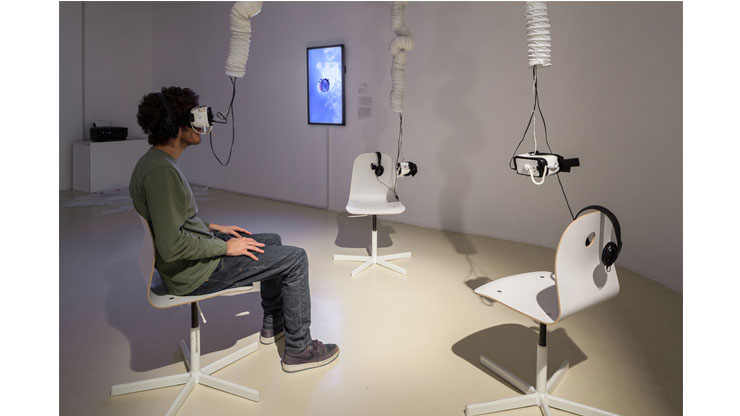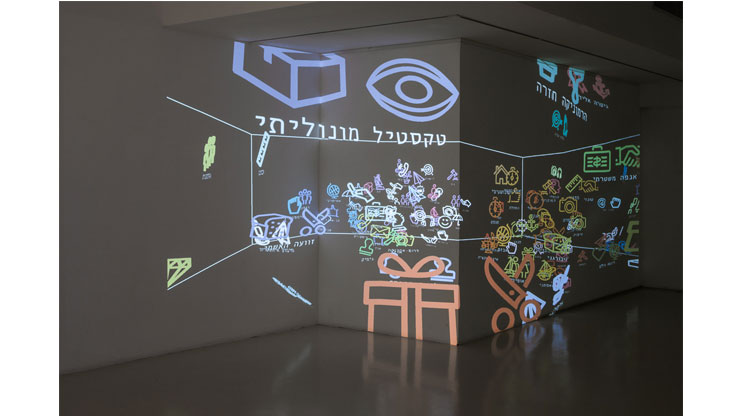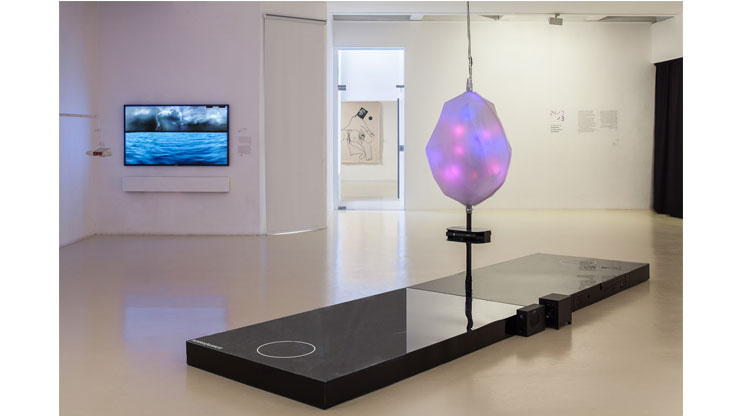

In his book 24/7: Late Capitalism and the Ends of Sleep (2013) Jonathan Crary depicts a contemporary world that is technological, virtual, global, intensely feverish, restless and inattentive, which pushes aside elementary human needs – particularly the need for sleep and relaxation time – so as to advance capitalism’s ceaseless production and consumerism. Therefore, although progress and technological developments were supposed to enhance the quality of our lives, in fact we are now required to be functional at all times and currently sleep, on average, less hours a day than ever before. The natural cycles of time, rooted in the Earth’s revolving on its axis and its rotation around the sun, are replaced by artificial light that has no time limits. We are connected nonstop, online, to our social and work life, ready at any given moment to instantly reach any point on the face of the planet, whether by plane or Skype, and are increasingly subject to different forms of control and surveillance. The time of our age, Crary claims, “is a time that no longer passes, beyond clock time.”
The current display at the museum includes a number of one-person shows and individual projects, all of which are affined to this experience of the current age – some engaging with it directly and others touching on it obliquely. Orit Ben-Shitrit’s hectic picture of a terrifying, outlandish reality that answers the dictates of capitalism is portrayed, ironically, in the constructivist aesthetics typical of the Russian avant-garde during the early-twentieth-century’s socialist revolutionary period. Talia Link invites us into her bedroom, designed with white IKEA furniture, where she creates a deceptive onscreen persona whose mode of existence spans the gamut from frivolity to scathing criticism of capitalist society and global culture. Amir Nave’s paintings express an inner and outer experience of the world informed by dense, restless urgency and ceaseless oscillation between fantasy and trauma. The fulfillment of his desire for a space of calm and serenity does not seem to be a viable option. Leigh Orpaz scrutinizes the contemporary world’s objects of desire through technological military means of surveillance harnessed by capitalism, as well through the utopias of the past that have unknowingly contributed to capitalism’s development. Ran Slavin presents a multichannel, multi-screen world that offers a total, engulfing experience of travel and surveillance. Julian Rosefeldt observes the migrant workers who traverse cultures across the globe and the futility of the incessant work to which they are condemned. The group exhibitions “Open Sketchbooks” and “Makers: Real Time” invite into the museum communities of creators – in art and technology, respectively – who present alternative models. The works in these exhibitions offer, through direct, unmediated contact with materials, without economic considerations and with a tangible sense of the creator’s hand, an alternative to the “non-social model” described by Crary of a 24/7 environment informed by “machinic performance and a suspension of living.”
Aya Lurie


Less Reading...



